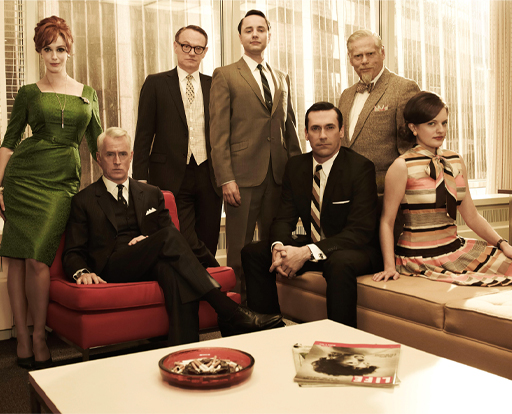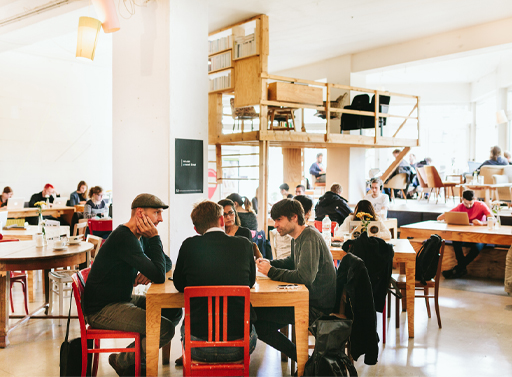Session 1: Managing through organisational culture
Organisational culture is defined by Cunliffe and Luhman (2013, p. 118) as ‘the set of beliefs, values, assumptions, norms, stories, ceremonies, [artefacts], and symbols within the organisation, that influence the way employees behave and perform their jobs’. Clegg, Kornberger and Pitsis (2016, p. 612) extend this definition, stating ‘organisational culture comprises the deep, basic assumptions and beliefs, and the shared values that define organisational membership, as well as the members’ habitual ways of making decisions, and presenting themselves and their organisation to those who come into contact with it’. The signs, symbols and artefacts of organisational culture draw on all the senses to both interpret it and enact it. In other words, organisational culture is embodied and enacted by its members.
One example of the signs and symbols of organisational culture is what we wear at work, and how traditional ideas about work wear have evolved. Have you seen the television show Mad Men? The suits and ties, and the smart dresses worn in the show are indicative of a certain era (in this instance, America in the 1950s and ’60s). Culturally, they signify things such as societal expectations and power relations. Mad Men represents the sort of traditional organisational culture common at that time in Western corporations – it was very formal, very gendered, very masculine. There are clear representations here of what it means to be male or female, for example, the shaping of hair into a particular style, in a culture where women are often sexualised in photographs. In comparison, men are in suits and are less sexualised than the women. It was also very white – this image does not represent any cultural difference.
Contemporary managers need to consider the pluralities of different individuals’ lived experiences. So, understanding how to create and maintain an organisational culture that enables diverse people to function to the best of their abilities is fundamentally important to contemporary managing. Constructing appropriate organisational spaces is also important to engendering greater equality.
Activity 1 Learning to see organisational culture
The aim of this activity is for you to understand how organisational spaces/settings can create a certain culture, and vice versa.
Part A
Watch the following TedTalks video, paying particular attention between 03:00 and 5:30 minutes (2:30 minutes in total) – but feel free to watch the entire video.
Part B
Look at this image of a workspace:
List and describe everything you see in the picture – the people, their interactions, the objects, the materials used in the space, and environmental factors such as light and space outside.
Feedback
Hopefully, you have a comprehensive list. As a starting point, you will probably have noticed that there are many people communicating and working in different ways, in a light and open workspace.
Whilst the activity illustrates how organizational culture is embedded in the workplace and helps us to start making sense of it, it does not show us how to search for it or interpret culture clues. A framework – circuit of culture – can help us to do that, and this is introduced in the next section.


